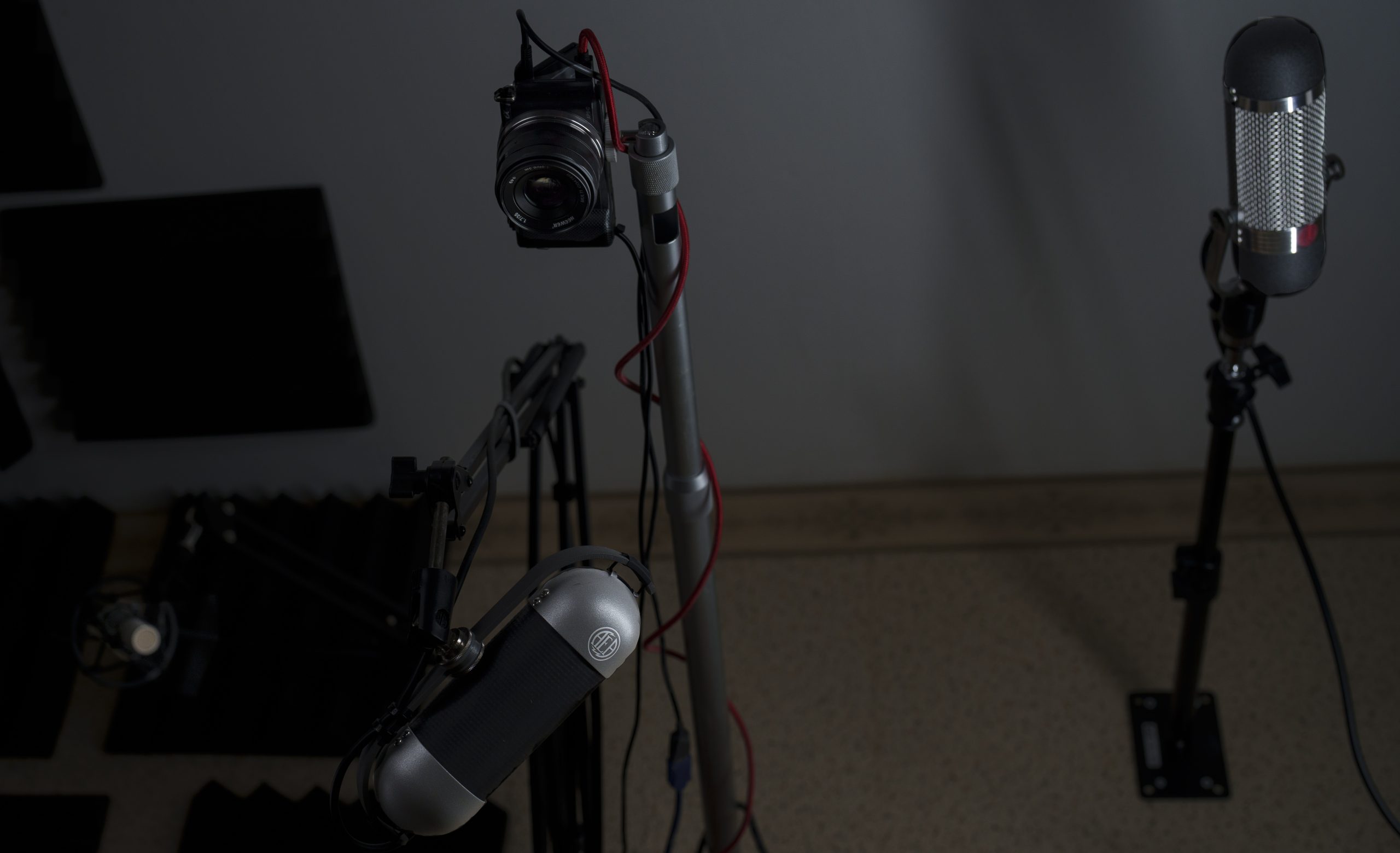Violin recording and arrangement

Acoustic violin
I can record an acoustic violin for you in several variations, a little lower I will describe in more detail how, why and for what.
To record acoustics, I use a modern violin, which I bought from a violin maker competition.
Why and for what such microphones
This setup of two microphones – AEA R92 and Neumann KM184, allows to pick up the violin as close as possible, without overloads, getting the best proximity effect.
A second mic behind the first lets capture room reverb separately, giving the natural sound without a lot of plug-ins.
AEA ribbon microphones, thanks to one of the lowest impedance levels, allow you to capture very loud signals, without distortion, which allows you to achieve the effect of the presence of the instrument on the recording.
The main microphone is as close as possible so as not to overload the recording with a bow.
You can often hear a lot of bowing on professional violin recordings, which is actually a poor-quality recording and the wrong approach, since the instrument should be heard first.
The bow on the recording must also be present, but at the same time not to overload the main recording, otherwise in the headphones you will hear, instead of the sound of the violin and its reverberation, obvious overtones of the bow, which are not the main part of the music.
To avoid this parasitic effect, musicians record in very large rooms where the microphone is far from the violin, or it is simply moved farther away, but in this case we lose the presence of the violin and listen only to the reverb of the instrument.
Why do I need a third microphone
Since I play on streams, including standing up, you have the choice of what to record on: a single bundle of microphones, or an AEA R84 top microphone, which gives its own unique sound and the same presence effect.
What is it all connected to
This set of microphones is connected to one of the quietest (in terms of noise-to-signal ratio) and powerful preamps in the world AEA TRP2, with a pure gain of 85 dB, since ribbon microphones are very quiet at the input.
The preamp itself, as well as the top microphone in the bundle – Neumann KM184, are connected to an external RME Fireface UCX sound card.
All the companies whose equipment I use are considered golden standards in their field.
Electric violin
For electric violin recording I use Yamaha SV250 Silent Series. After listening to all the other violins that can be bought on the market, the Yamaha proved to be a tool that is head and shoulders above the rest.
When recording an electric violin, you can also request to record distortion (overdrive), which creates the effect of an electric guitar.
The electric violin is also connected to the RME Fireface UCX.
Request conditions
To request an appointment, you can apply on this form, all conditions are discussed individually.